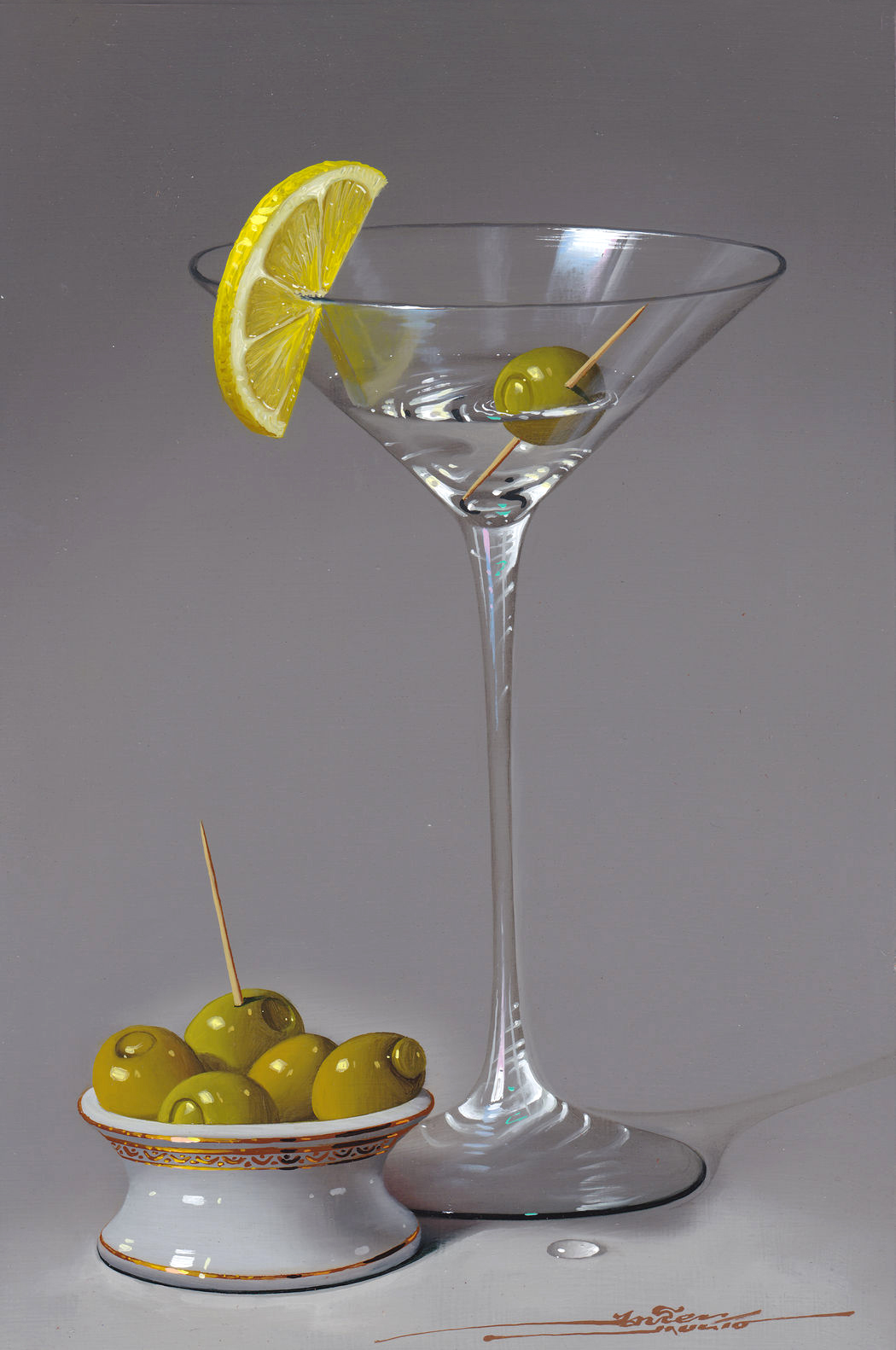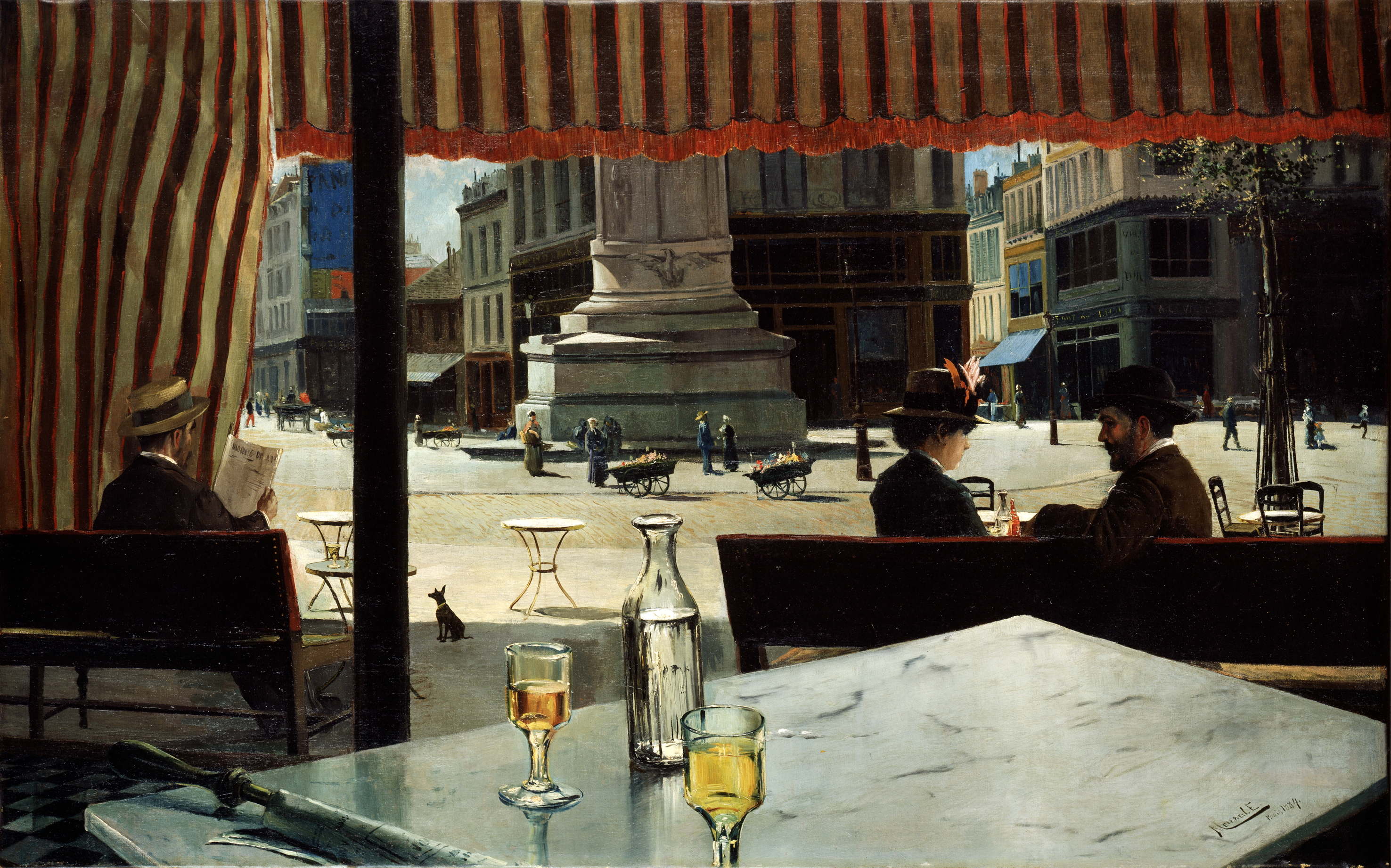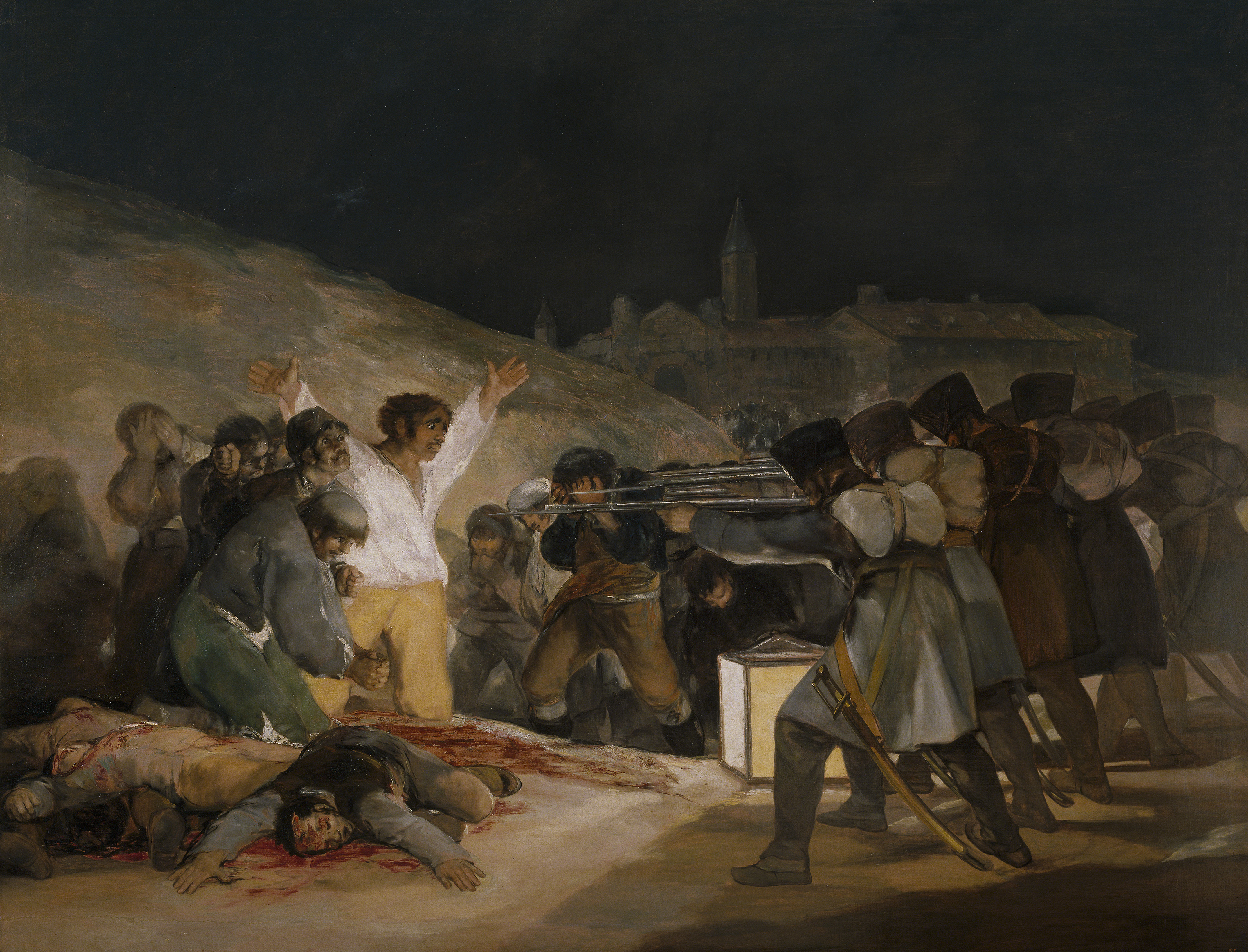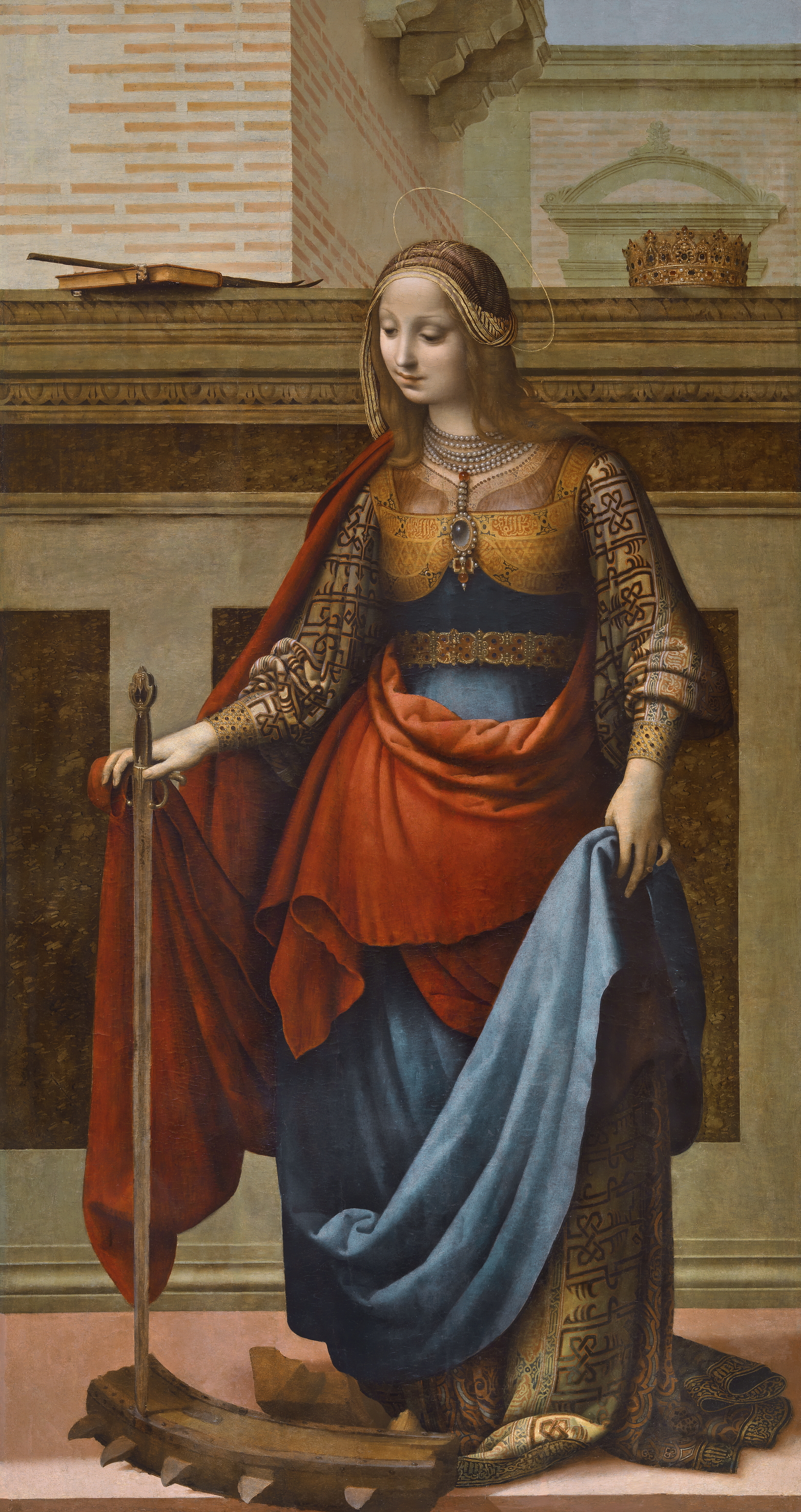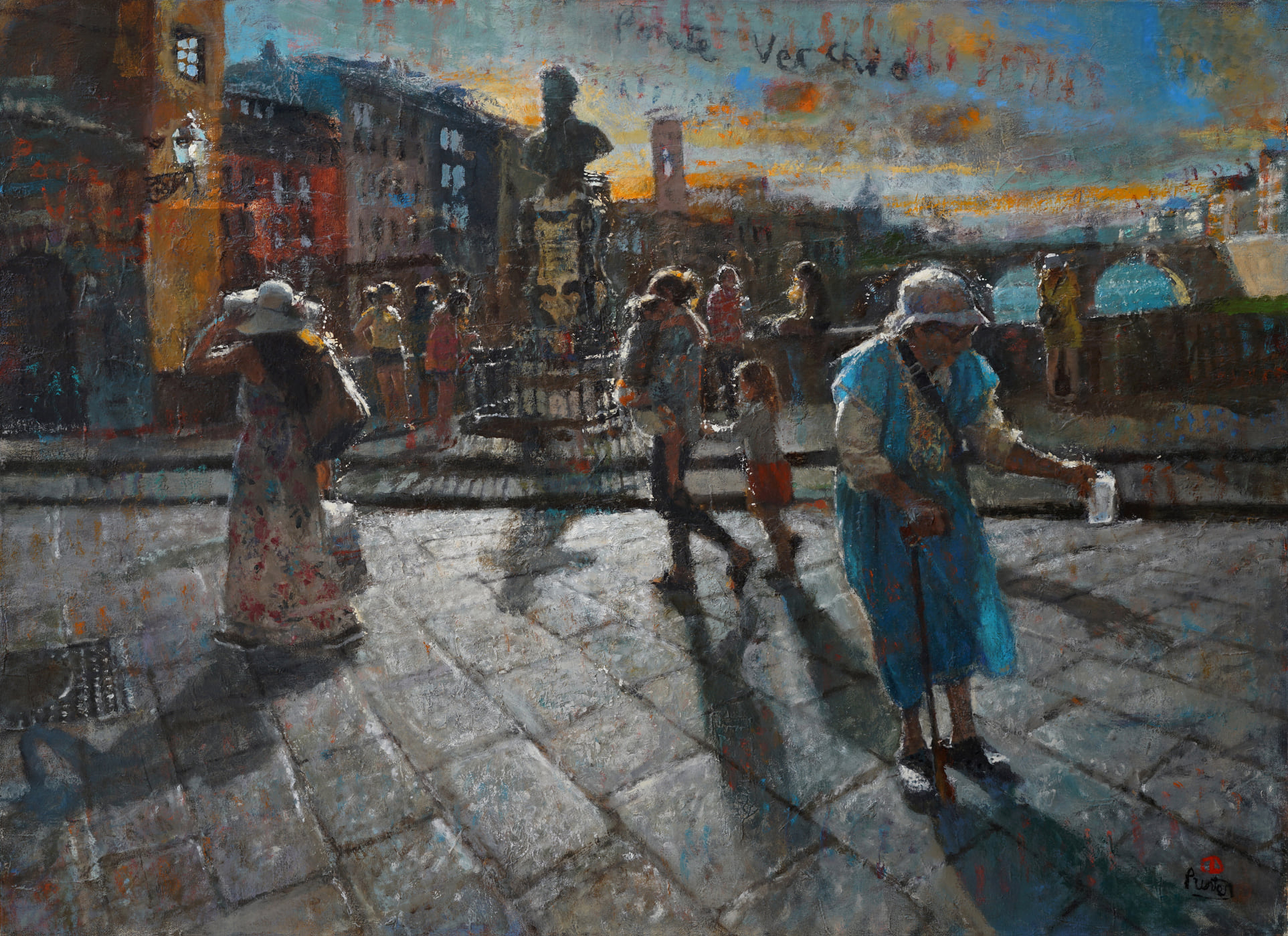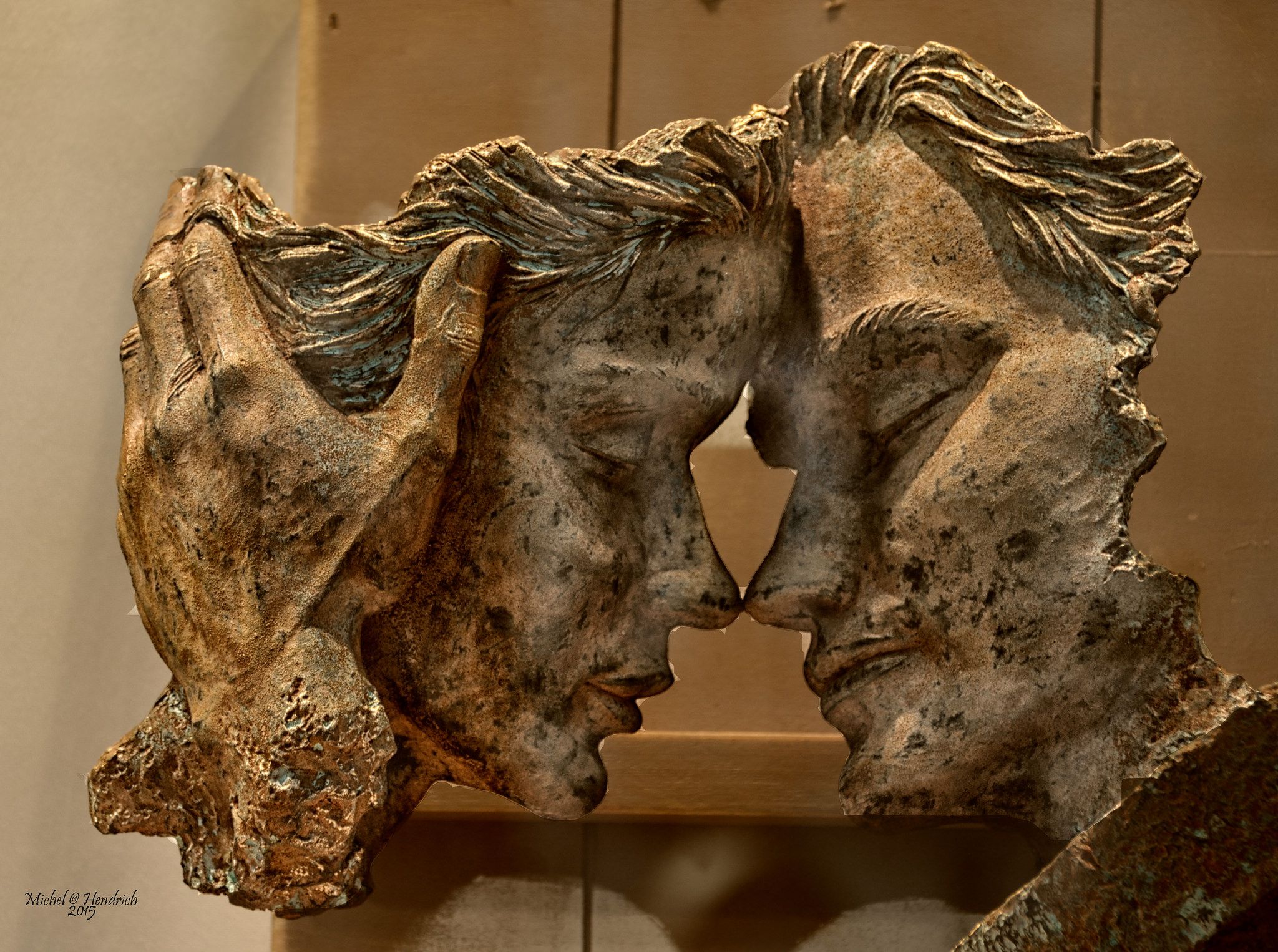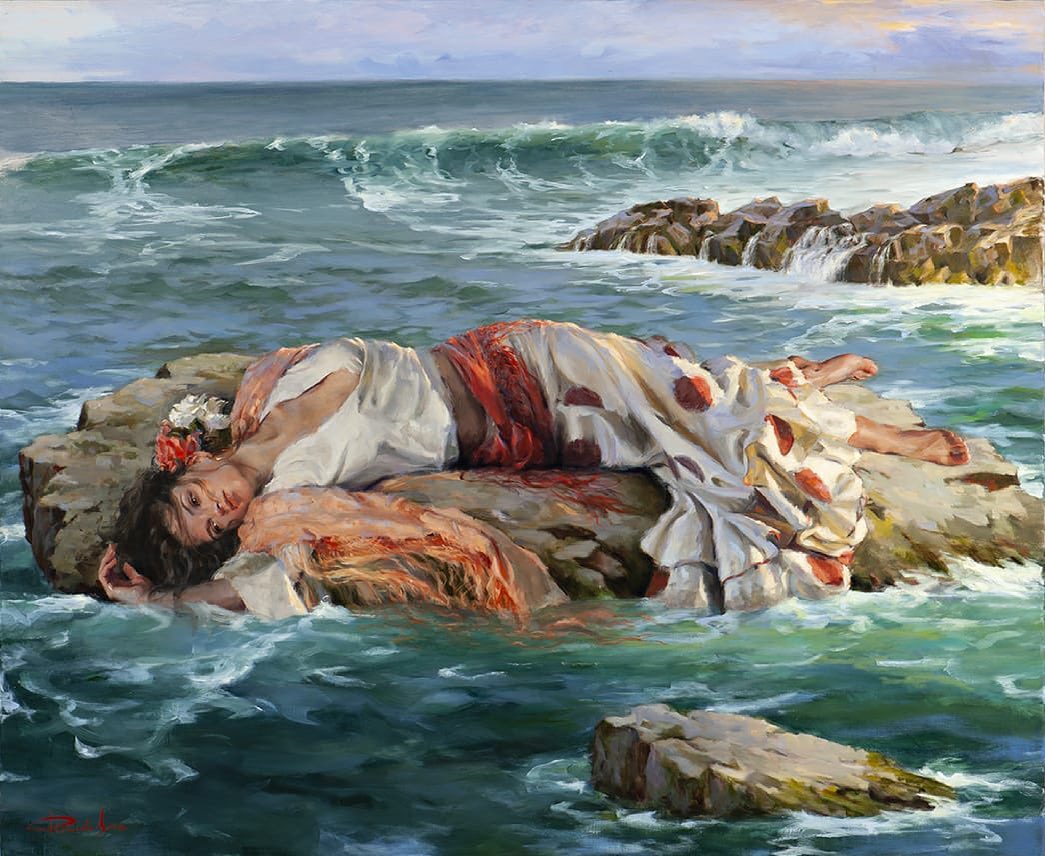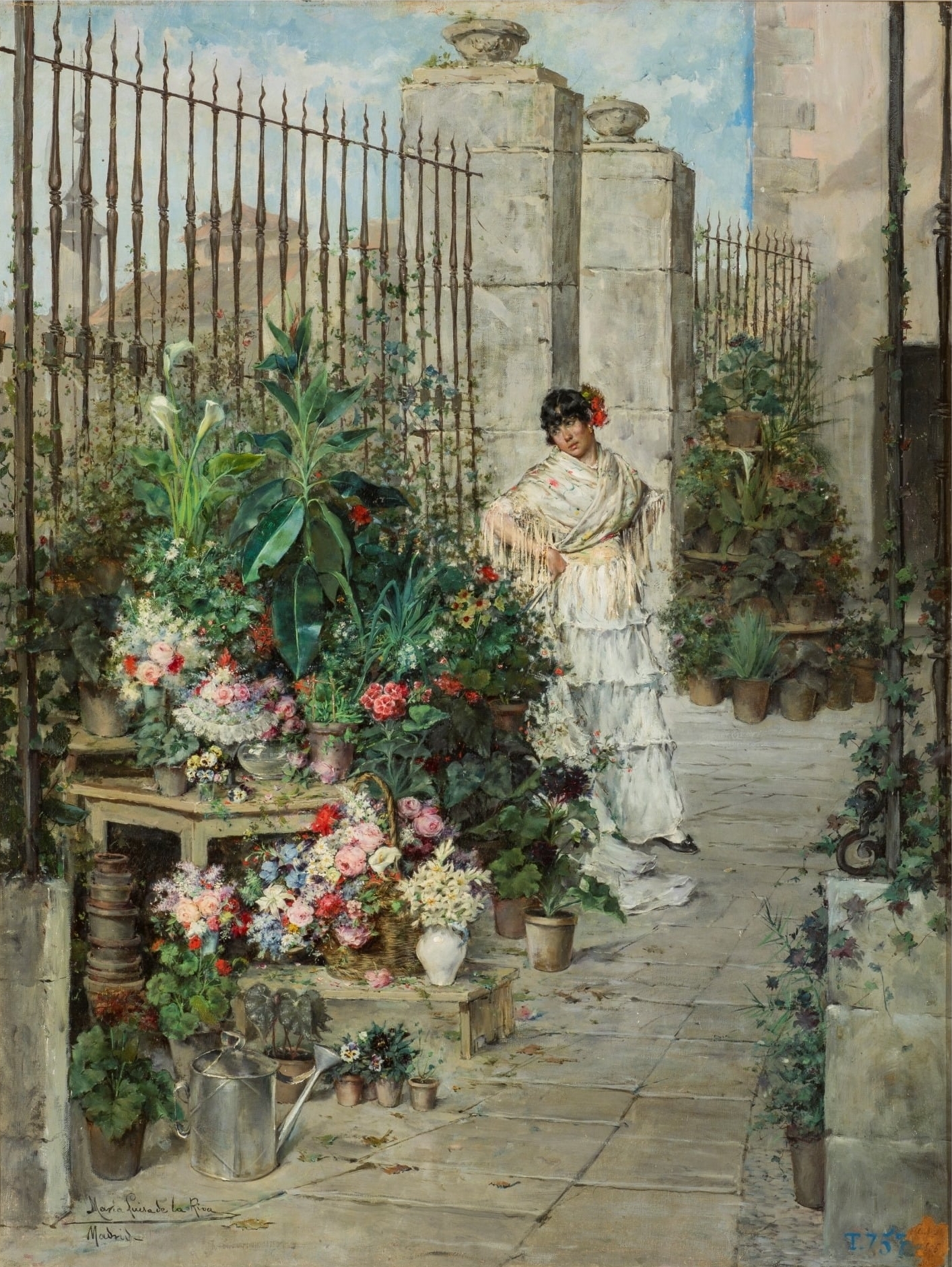Tate è un gruppo di gallerie d'arte con sede a Londra, Liverpool e Cornovaglia, note come Tate Modern, Tate Britain, Tate St Ives e Tate Liverpool + RIBA North.
Quando la Tate aprì per la prima volta le sue porte al pubblico nel 1897, aveva una sola sede, che esponeva una piccola collezione di opere d'arte britanniche.
Oggi dispone di quattro sedi principali e della collezione nazionale di arte britannica dal 1500 ad oggi e di arte moderna e contemporanea internazionale, che comprende circa 70.000 opere d'arte.
Sir John Everett Millais | Mariana, 1851 | Tate Collection
This painting by British painter John Everett Millais (1829-1896) is of Mariana, a character from Shakespeare’s play Measure for Measure.
The story goes that Mariana’s fiancé Angelo leaves after her family’s money is lost in a shipwreck.
Still in love with him, she hopes they will be reunited.
Millais shows Mariana pausing to stretch her back after working at some embroidery, with the autumn leaves scattered on the ground marking the passage of time.
The stained-glass windows in front of her show the Annunciation, contrasting the Virgin's fulfilment with Mariana's frustration and longing.
Sir John Everett Millais | Mariana, 1851 | Tate Collection







